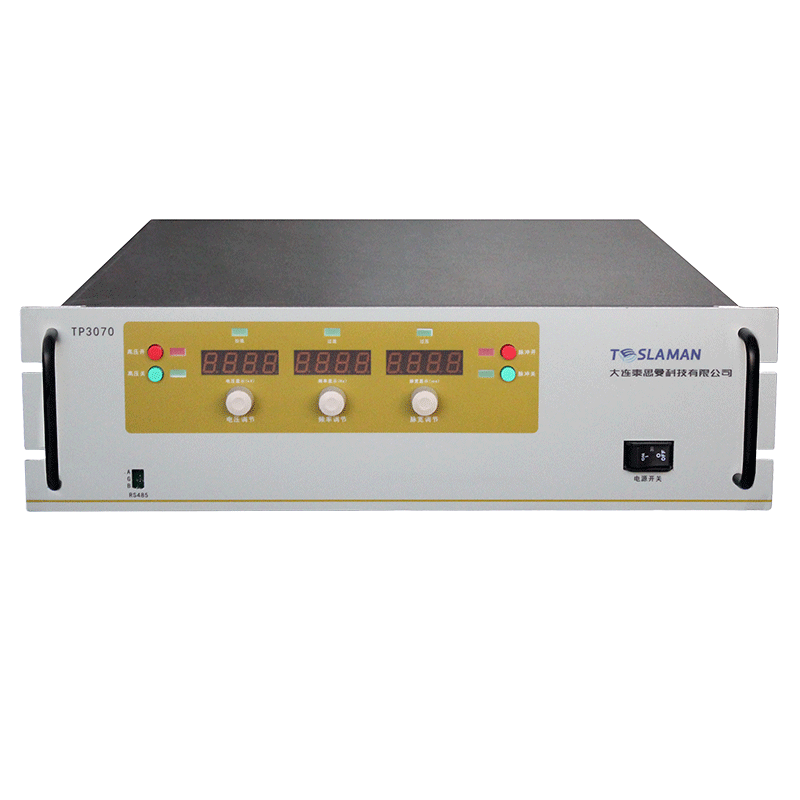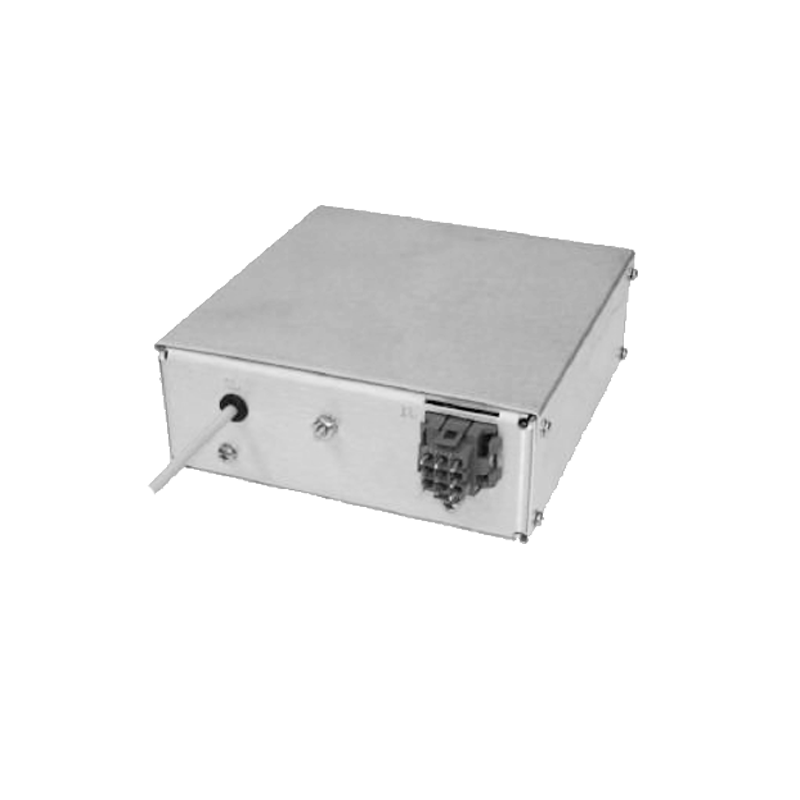Establishment of Evaluation Metrics and Optimization of Treatment Protocols for Shockwave Therapy Power Supplies
Shockwave therapy systems utilize high-voltage pulse power to generate rapid pressure waves that stimulate tissue repair and relieve pain. The energy characteristics of the output waveform—amplitude, frequency, and pulse width—determine the treatment’s efficacy and safety. A scientifically designed power supply, capable of precise pulse control and effect-based evaluation, is essential for improving therapeutic outcomes.
To objectively assess treatment quality, a comprehensive evaluation framework can be developed based on three key parameters: Energy Transfer Efficiency (ETE), Tissue Response Index (TRI), and Energy Uniformity Index (EUI). These parameters integrate electrical, acoustic, and physiological data to measure both the efficiency of energy delivery and the biological response.
The power supply’s high-voltage module includes a programmable capacitor bank and solid-state switch array, enabling adjustable energy release profiles. The system records pulse voltage, current, and acoustic feedback from embedded piezoelectric sensors to determine the efficiency of energy conversion. These data are processed using a machine-learning model that correlates physical parameters with patient outcomes, thus enabling dynamic optimization of treatment protocols.
An adaptive control loop automatically modifies the pulse repetition frequency and energy density based on tissue impedance and treatment progress. This ensures consistent stimulation intensity and minimizes localized overheating or tissue overexposure.
Safety features include real-time impedance monitoring, automatic energy reduction during excessive reflection, and overvoltage shutdown protection. Combined with cloud-based data analytics, treatment results can be analyzed longitudinally to fine-tune the power output strategy for specific patient profiles.




















